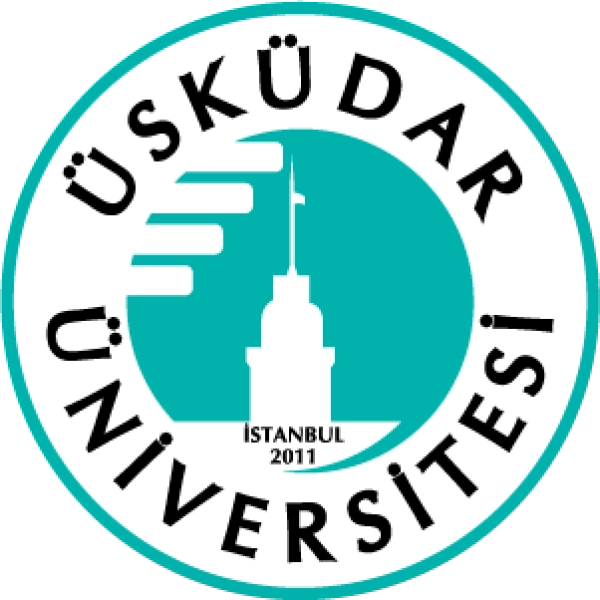College: Health Sciences
The specialty in Orthotics and Prosthetics focuses on the design, manufacture, and fitting of orthotic and prosthetic devices to replace, support, align, prevent or correct missing limbs and improve movement and function. Students gain skills in biomechanics, anatomy, material science, clinical assessment, prosthetic fabrication, and patient care, preparing them for careers in orthotic and prosthetic clinics, hospitals, rehabilitation centers, and related fields.
Learning Objectives:
- Understand the principles of biomechanics and human anatomy.
- Develop skills in clinical assessment and patient evaluation.
- Learn techniques for prosthetic and orthotic design and fabrication.
- Explore material science and its applications in prosthetic and orthotic devices.
- Analyze gait and movement disorders.
- Develop critical thinking, problem-solving, and technical skills.
- Gain practical experience through clinical training and internships.
Major Curriculum:
- Introduction to Prosthetics and Orthotic Devices - Overview of prosthetic and orthotic principles, history, and industry trends.
- Biomechanics - Study of human movement and the forces affecting the musculoskeletal system.
- Human Anatomy and Physiology - In-depth study of human anatomy and physiology with a focus on the musculoskeletal system.
- Clinical Assessment and Patient Evaluation - Techniques for assessing patient needs and designing compensatory interventions and appropriate orthotic devices.
- Prosthetic Design and Fabrication - Principles for designing and fabricating custom prosthetic devices to replace limbs.
- Orthotic Design and Fabrication - Principles for designing and fabricating orthotic devices for support and alignment.
- Material Science in Orthotic and Prosthetic Devices - Study of the materials used in orthotic and prosthetic devices, including their properties and applications.
- Gait Analysis and Movement Disorders - Techniques for analyzing gait disorders and proposing orthotic and prosthetic solutions.
- Lower Limb Prosthetics - Specialized orthotic and prosthetic devices for lower limbs, including foot orthoses, ankle-foot orthoses, and leg prosthetics.
- Upper Limb Prosthetics - Specialized orthotic and prosthetic devices for upper limbs, including wrist orthoses, elbow orthoses, and arm prosthetics.
- Spine Orthotics - Specialized orthotic devices for the spine, including back supports and scoliosis braces.
- Clinical Training/Internships - Real-world experiences in prosthetic and orthotic clinics, hospitals, or rehabilitation centers.
- Capstone Project - Comprehensive project applying orthotic and prosthetic skills, such as designing a custom device, conducting a clinical assessment, or developing a fabrication technology.
Assessment Methods:
- Principles of Prosthetic and Orthotic Biomechanics and Analyses
- Human Anatomy and Physiology Projects
- Clinical Assessment and Patient Evaluation Projects
- Prosthetic and Orthotic Design and Fabrication Projects
- Materials Science and its Applications Projects
- Gait Analysis and Movement Disorders Projects
- Lower Limb, Upper Limb, and Spine Prosthetic and Orthotic Projects
- Clinical Training/Internship Reports
- Capstone Projects and Presentations
Recommended Textbooks:
- "Introduction to Orthotics and Prosthetics"
- "Biomechanics"
- "Human Anatomy and Physiology"
- "Clinical Assessment and Patient Evaluation"
- "Prosthetic Design and Fabrication"
- "Orthotic Design and Fabrication"
- "Material Science in Prosthetics and Orthotics"
- "Gait Analysis and Movement Disorders"
- "Lower Limb Prosthetics and Orthotics"
- "Upper Limb Prosthetics and Orthotics"
- "Spinal Orthotics"
Prerequisites:
Basic knowledge of biology and physics and an interest in human movement and rehabilitation.
Duration:
Typically 4 years to earn a Bachelor's degree in Orthotics and Prosthetics.
Certification:
Graduates may obtain certifications such as:
- Certified Orthotist (CO) from the American Board for Certification in Orthotics, Prosthetics, and Pedorthics (ABC).
- Certified Prosthetist (CP) from ABC.
- Certified Pedorthist (C.Ped) from ABC.
- Certifications in specific prosthetic and orthotic design and manufacturing tools and programs.
Target Audience:
Aspiring orthotists, prosthetists, orthopedic specialists, and professionals seeking careers in orthotic and prosthetic clinics, hospitals, rehabilitation centers, and related fields. This specialty equips students with the technical and clinical skills necessary to excel in orthotics and prosthetics, supporting careers in various roles within clinics, hospitals, and rehabilitation centers and related fields.







